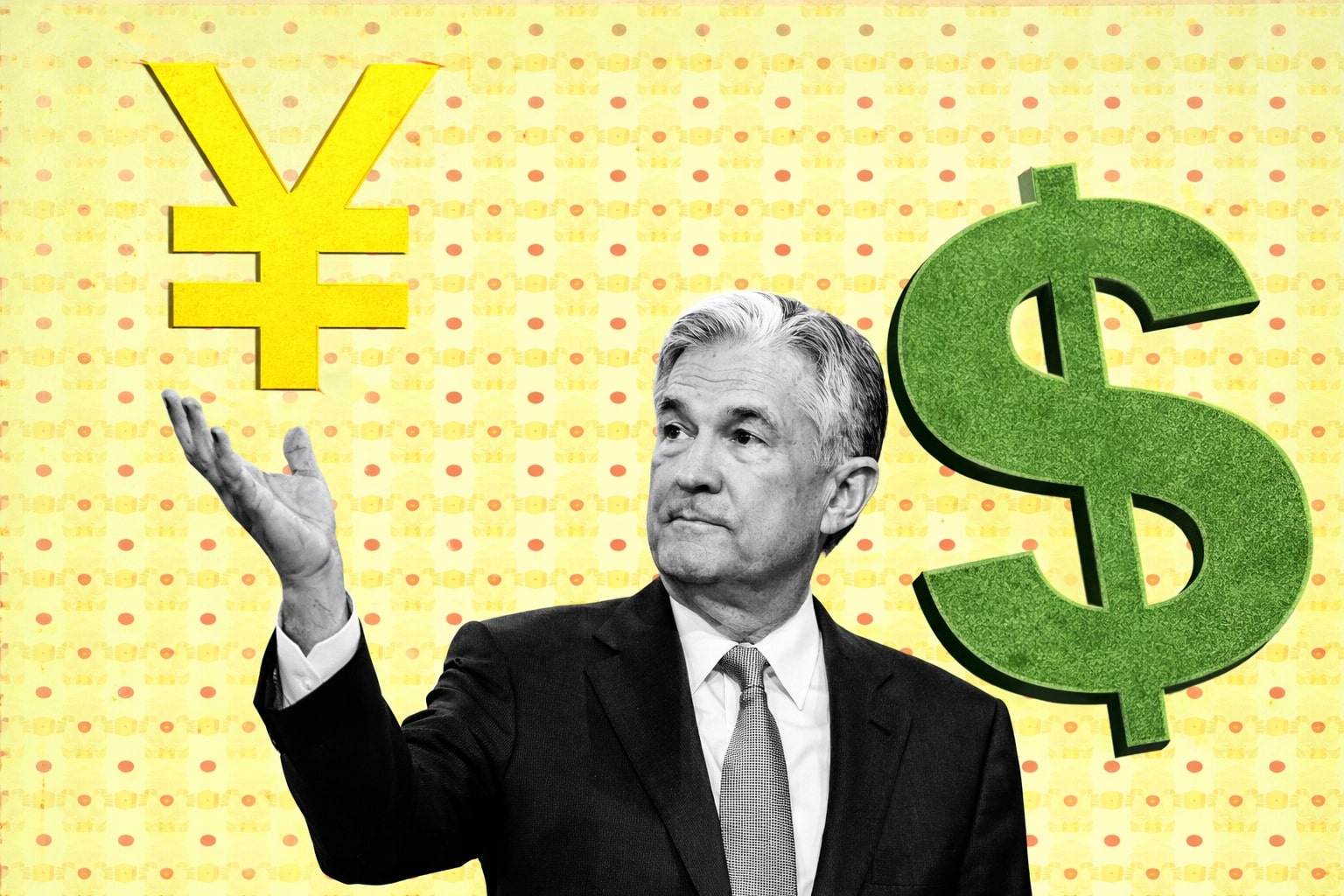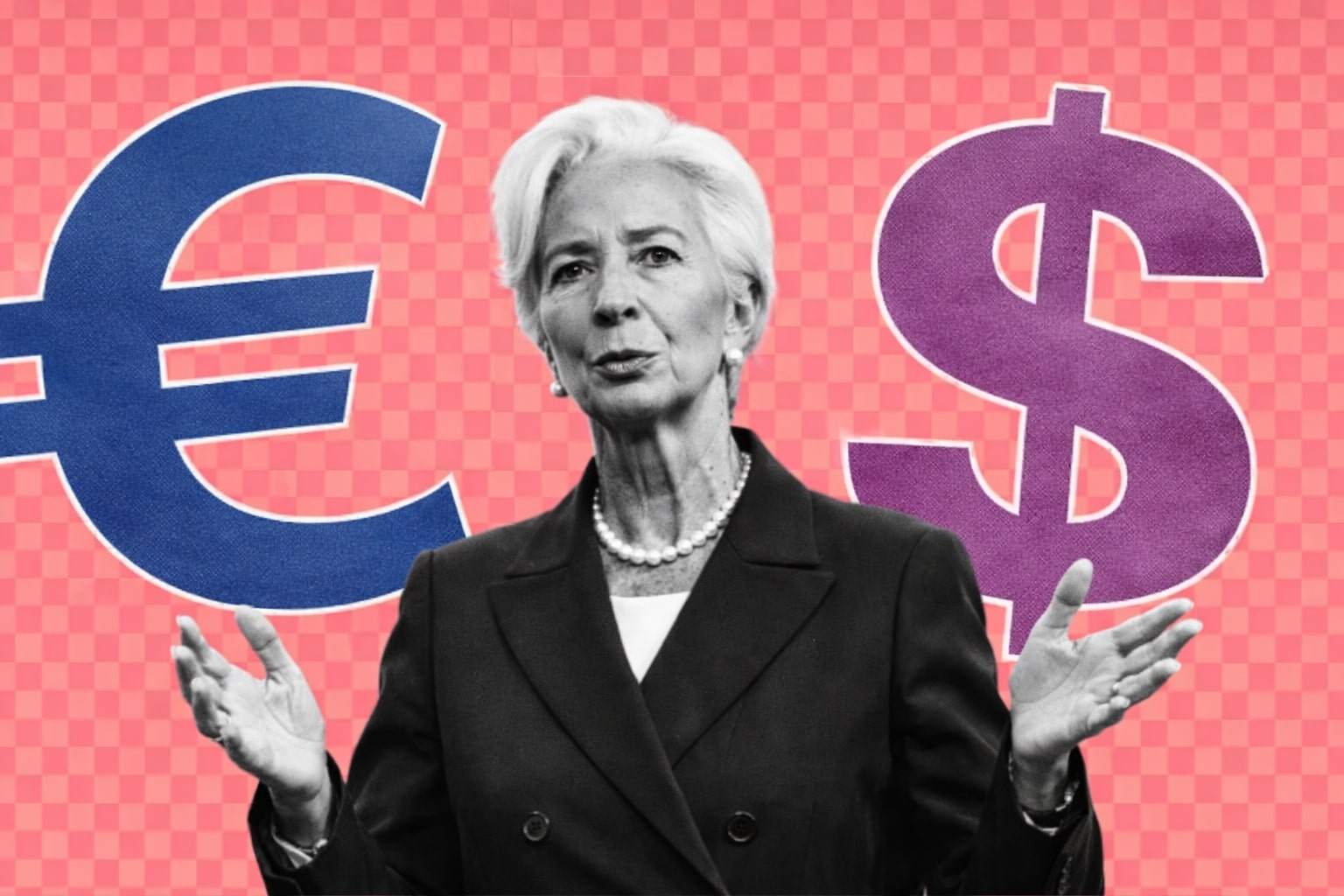
Currency ETF NYSEARCA:UDN : BRICS Summit & Dollar Shift
From the Potential Expansion of BRICS to Hedging Against Dollar Declines: A Comprehensive Analysis of Geopolitical Dynamics, Economic Forecasts, and Strategic Investment in NYSEARCA:UDN
BRICS' 15th Summit and The Future of the Dollar
BRICS Expansion and De-Dollarisation
The fifteenth summit of BRICS, an acronym for the association of five major emerging economies - Brazil, Russia, India, China, and South Africa - is set to take place later this month. The discussion at the forefront of this summit is the possibility of expanding the bloc, using local currencies more frequently, and the idea of creating a BRICS currency that might challenge the dominance of the US dollar.
The question arises, would an expanded bloc pave the way for faster de-dollarisation? This means transitioning from the US dollar to a different currency or a set of currencies.
NYSEARCA:UDN - De-dollarisation and The Challenge to the Dollar
With the first expansion in a decade, the speed of the BRICS expansion could define how quickly the bloc will adopt commercial and financial systems outside the dollar sphere. Countries such as the United Arab Emirates, Egypt, Bangladesh, and possibly major oil exporters like Saudi Arabia, Iran, and Nigeria could be part of this expansion. However, experts warn that tensions between China and India might hinder the process.
The Evolution of the US Dollar's Role
Observations so far reveal:
- A decline in the dollar’s share in central banks' FX reserves, although it remains strong in commerce, private assets, debt issuance, and the global FX market.
- Among potential dollar challengers, the euro holds significance only in Europe. China's promotion of the renminbi and Russia's aversion to the dollar have fostered some challenges, but China's capital controls are hindering further advancement.
- No currency has penetrated the dollar’s pre-eminent status, and challenging the dollar’s status in the international debt market remains a strategic concern for competitors.
- Despite emerging competition from regional currencies, there's no evidence that the dollar is in structural decline. However, economic and geopolitical challenges persist.
The Upcoming BRICS Summit and Geopolitics
Senior leaders of the BRICS nations will meet in South Africa on 22-24 August, focusing on the proposed expansion of the geopolitical grouping and potentially common payment systems in BRICS currencies. Some propose creating a BRICS unit of account, similar to the IMF’s Special Drawing Rights (SDR), which could encourage holding more of these currencies and decrease dependency on the dollar.
Evidence of De-dollarisation
Examining the dollar's dominance, three key areas emerge:
- Trade and commerce.
- The asset side (store of wealth).
- The liability side (currency of issuance).
Despite losing some popularity since 2015, de-dollarisation has not been active in recent years. The dollar's role even increased in the debt securities market, although inflationary pressures could increase in the rest of 2023, with the core rate potentially rising to 4.8% annually.
The Economic Landscape and Hedging against the Dollar
The Federal Reserve's Dilemma and Inflation
The Federal Reserve faces the challenge of spotty economic growth and the possibility of failing to control inflation in the second half of 2023. Foreign capital might flee Wall Street and U.S. dollar-denominated assets if this happens.
Hedging Strategies: NYSEARCA:UDN
Invesco's Bearish US Dollar ETF (NYSEARCA:UDN) could be a clever way to hedge against a potential dollar confidence crisis into 2024. With the possibility of inflation turning "higher" for the remainder of 2023, and considering the fluctuating trends in commodities, specifically crude oil and natural gas, the future of inflation may hinge on these variables.
Market Forecasts and Inflation
A rosy soft-landing economic scenario projects a full calendar year CPI close to 4%, with potential rebounds in crude oil towards US$90, and jumps in agriculture commodities. Energy supply disruptions or other unforeseen events could cause inflation rates to climb back above 4% YoY into the 4th quarter.
This scenario would necessitate a stringent tightening by the Federal Reserve. The recent -2% decline in the U.S. Dollar Index over four trading days and a -3% slide over six weeks might indicate concerns in the currency exchange market, perhaps triggered by overseas investors' doubts about the Fed's resolve.
Precious Metals and NYSEARCA:UDN as a Hedge
Owning precious metals such as gold & silver assets is seen as a smart way to hedge against monetary expansion, inflation, and a declining dollar. Additionally, the Invesco DB U.S. Dollar Index Bearish Fund (NYSEARCA:UDN) offers a direct way to "short" the dollar. It has yielded an oversized +8.0% total return over the past 52 weeks of trading, with a U.S. Dollar Index drop of -6.7%. The primary risk associated with owning UDN is the possibility of the U.S. dollar increasing in value.
UDN Performance Analysis: A Comprehensive Look
NYSEarca:UDN - The 52-Week Performance
Over the course of the past 52 weeks, NYSEarca:UDN has witnessed an oversized total return of +8.0%. This impressive performance came during a period marked by significant fluctuations in the global market. In comparison to other investment opportunities, this figure illustrates the potential profitability associated with this particular asset.
U.S. Dollar Index's Impact on NYSEarca:UDN
The U.S. Dollar Index, a key metric that reflects the strength of the U.S. dollar relative to a basket of other major currencies, has dropped -6.7% during the same period. This decline in the dollar index has had a noticeable effect on the performance of NYSEarca:UDN, contributing positively to its return.
It's worth delving into the mechanics behind this relationship. A weaker dollar often leads to a rise in commodity prices and impacts multinational corporations' earnings. In turn, this can create favorable conditions for certain investments tied to the dollar's performance, including NYSEarca:UDN.
Risks Associated with Owning NYSEarca:UDN
Investing in NYSEarca:UDN is not without its risks. The primary concern for potential investors should be the possibility of the U.S. dollar increasing in value. If such a scenario were to unfold, it could have a negative impact on the returns of NYSEarca:UDN.
While a stronger U.S. dollar can be a sign of economic stability, it might undermine commodities and hinder the profits of companies that rely heavily on exporting goods. This, in turn, would affect investments like NYSEarca:UDN, which have shown to be sensitive to these macroeconomic factors.
Analysis Conclusion
BRICS' 15th Summit: Implications and Expansion
The 15th Summit of BRICS nations will bring together world leaders with a focus on expanding the bloc and potentially challenging the dominance of the U.S. dollar. The inclusion of emerging economies such as the UAE, Egypt, Bangladesh, Saudi Arabia, Iran, and Nigeria might foster a speedier transition from the U.S. dollar, a process referred to as de-dollarisation. Yet, tensions within the BRICS nations, such as between China and India, could hinder this progression.
The U.S. Dollar's Evolution: Resilience Amid Challenges
While the dollar's share in central banks' FX reserves has declined, it remains a predominant currency in commerce, private assets, debt issuance, and the global FX market. Despite challenges from the euro, renminbi, and Russia's dollar aversion, no currency has effectively challenged the dollar's pre-eminence. Even with economic and geopolitical pressures, evidence does not suggest a structural decline in the dollar.
The Future Landscape: Economic, Inflationary, and Hedging Considerations
The Federal Reserve's dilemma with economic growth and potential inflation control failure in the latter half of 2023 poses risks. It opens the door for hedging strategies such as Invesco's Bearish US Dollar ETF (NYSEARCA:UDN), especially considering the potential rise of inflation. Market forecasts suggest a full calendar year CPI close to 4% and potential rebounds in crude oil and jumps in agriculture commodities. Precious metals, along with NYSEARCA:UDN, offer ways to hedge against these dynamics.
NYSEARCA:UDN - A Tactical Investment Opportunity
The past 52 weeks have highlighted NYSEARCA:UDN as a noteworthy performer, with an oversized total return of +8.0%, correlating with a U.S. Dollar Index drop of -6.7%. It's an investment that has exhibited potential profitability, responding positively to the weaker dollar and the rise in commodity prices. However, it's not without risks, chiefly the possibility of the U.S. dollar increasing in value, which may negatively impact returns.
Final Insights: A Balanced Approach
Considering the data, the emerging geopolitical landscape, the BRICS' focus on de-dollarisation, the Federal Reserve's challenges, and the hedging opportunities provided by NYSEARCA:UDN, investors and policymakers must approach the coming years with insight and caution.
While the U.S. dollar maintains a robust position, the dynamics at play may warrant strategic investment in assets like NYSEARCA:UDN for those seeking to hedge against potential dollar declines and inflationary pressures.
The complexity of the global economy, the upcoming BRICS Summit, and the intricate interplay of currencies and commodities necessitate a nuanced understanding and a willingness to adapt to rapidly changing economic scenarios. It seems that a diversified and informed approach, which may include investment in NYSEARCA:UDN, could be a prudent strategy for navigating the shifting tides of the global financial landscape.
Read More
-
GPIX ETF 8% Monthly Yield and S&P 500 Upside at $53
13.01.2026 · TradingNEWS ArchiveStocks
-
XRP ETFs XRPI, XRPR and Bitwise XRP Pull In $1.5B as XRP-USD Stalls Around $2.13
13.01.2026 · TradingNEWS ArchiveCrypto
-
Natural Gas Price Forecast: NG=F Climbs Off $3.00 Floor as Cold Snap and LNG Flows Lift UNG
13.01.2026 · TradingNEWS ArchiveCommodities
-
USD/JPY Price Forecast - USDJPY=X Charges Toward ¥159 as Japan Election Fears Hit the Yen
13.01.2026 · TradingNEWS ArchiveForex



















